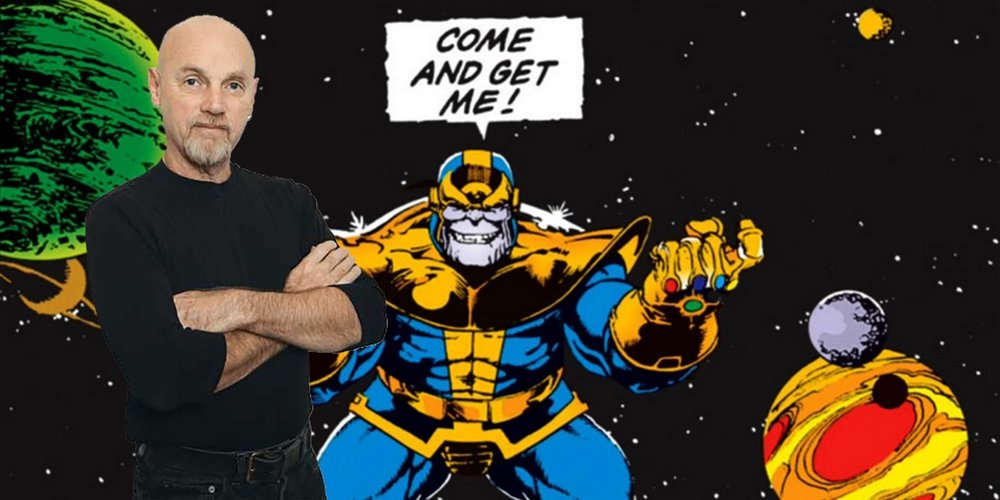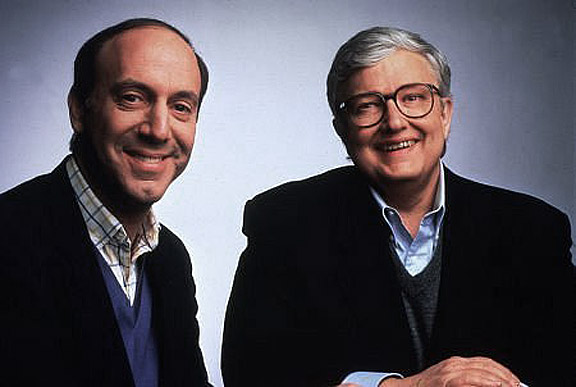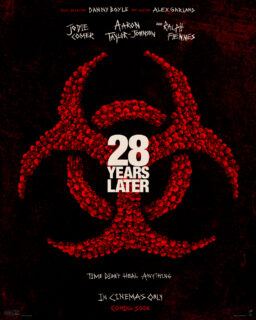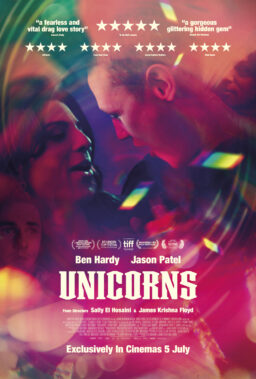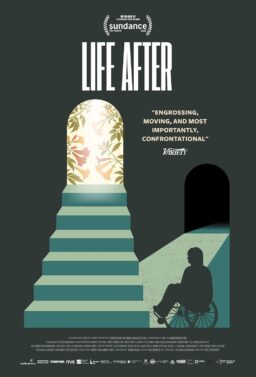Marvel comic writer/artist Jim Starlin has created many iconic characters, but only one put on a giant glove studded with infinity stones and snapped his fingers to wipe out half of the universe. Thanos, played by Josh Brolin in the Avengers movies was the first character Starlin created for Marvel and he has developed and deepened the character over the years. In an interview with RogerEbert.com at San Diego Comic-Con, Starlin talked about what it takes to be a great super-villain, the quote from Norman Mailer that inspires him, and what comics can do that movies, even with unlimited computer graphics and the best acting and directing and composing talent, cannot.
What does it take to make a great super-villain?
Complexity. There are so many one-dimensional characters, two-dimensional characters out there. If you add layers to it, you add dimension to it. With Thanos, I had 40 years to play with him, and so there’s 40 years of different little aspects thrown in that weren’t there the previous year. He’s become interesting because he’s not your cut-out bad guy. He’s a little off-kilter and his approaches, if anything, are sometimes too direct and horrifying to be acceptable. You know, fifty percent of everybody gone, that kind of throws people off a little.
He thinks he is saving the other half, though, doesn’t he?
Well, we’re all heroes in our own story. Why should he be any different? I don’t think Lex Luthor gets up in the morning and says, “What bad thing can I do today?” It’s more like, “What can I do today to advance my own story?”

Comics are the rare narrative where the characters go on forever, with different artists and writers, endlessly re-imagined, but still, as you said, you’ve had 40 years with Thanos and you have taken over characters invented by others. The characters go on, but the stakes are always life and death.
Norman Mailer said, “Every true story ends in death.” But there are other characters that go on, the Roman gods, you could say the same thing; they were the same as the Greek gods and then they diverged off. James Bond, Doc Savage. This is something that comes with the 20th century and the rise of corporations and business entities owning the characters rather than individuals.
So how do you keep the continuity but still make them vital and up to date enough to keep the fans engaged?
I always take pride in the fact that I think I’m the most self-indulgent artist I know. I do not put into consideration what the fans are looking for. You play to someone’s anticipation, you’re going do uninteresting stories. I’d rather have a story that I enjoy than one that anyone else will and it seems to have worked out pretty well for me over the years. Readers who get upset because a writer or character did something that they did not want to see happen are not being realistic about what they’re looking for a story on. If they want to stay consistent through the entire thing, they can watch broadcast television. If you want something that’s going to give you a little mental exercise, go for something where you can’t predict what is going to happen. That’s the point where you’re forced to do some thinking and it gives you more pleasure that way.
You also created Gamora. What inspired her?
She was brought in because the Warlock series was kind of a sausage-fest: Thanos, Pip, Worlock, and I figured I needed something else other than testosterone. So I brought her in. It’s kind of embarrassing how the visualization happened, not the most feminist-friendly source.
I had a friend, Al Weiss, who did very photo-realistic artwork. He had a lot of European skin magazines in his studio. One day I was leafing through it while I was talking to him and I came across this image of a woman in a fishnet outfit with long dark hair, and I thought, “That’s kind of cool!” That was the basis of where Gamora came about. The funny thing was, there was a Spanish artist, Esteban Maroto, and he obviously saw the same photo essay, and then a few months later — they almost came out simultaneously — he had a character in Eerie or Creepy, a horror comic, based on the same pictures. So, a character who became a feminist icon is based on the least reputable source I can think of.
For a long time, comics had the great advantage that if you wanted to show superpowers or another planet, there was no place you could get visual images as powerful as those drawn by comic book artists. It would have been unthinkable to try to make a movie about the Avengers until very recently. Is there anything comics can still do better than the movies?
We can do thought process better. Those little round balloons with the dots on them. Like a novel, we can do the internal characters better than movies and TV can. They have to be a surface story with a little bit of depth into the character. But you can’t go completely into a person’s soul in that media without losing your audience.

